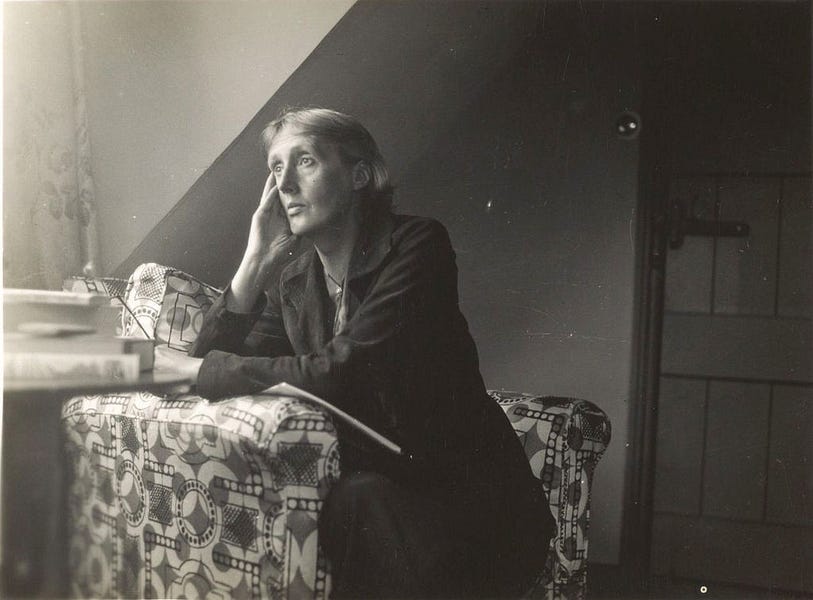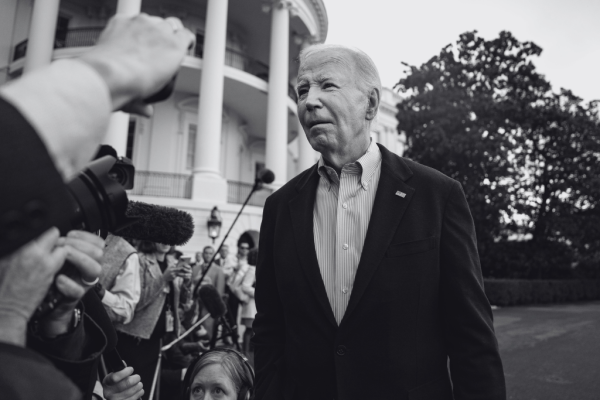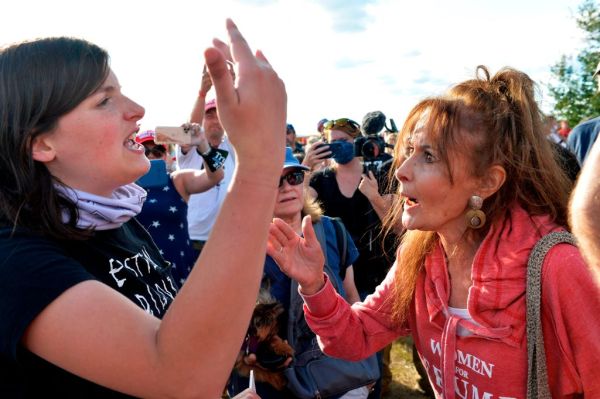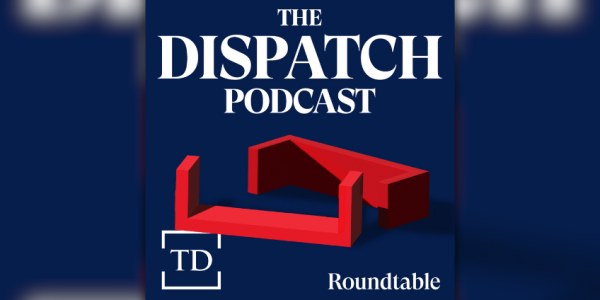Virginia Woolf’s breakthrough novel Mrs. Dalloway will turn 100 in 2025, but publishers aren’t waiting until then to bring out new editions. Vintage and Penguin are both publishing softback editions of Mrs. Dalloway this year and going all out in their promotions. The Vintage Classics Mrs. Dalloway comes with an introduction by Pulitzer Prize-winning novelist Michael Cunningham. The Penguin Classics Deluxe edition comes with a foreword by the much-admired novelist Jenny Offill.
Even with Mrs. Dalloway now entering the public domain, this is a lot to invest in a difficult-to-read novel that revolves around a single day in the life of an English society woman, Clarissa Dalloway, as she shops for flowers, meets a former suitor, and prepares for an important party. Woolf’s focus on Clarissa inner life, often conveyed through long, stream-of-consciousness passages, makes Mrs. Dalloway closer to James Joyce’s Ulysses than a novel such as F. Scott Fitzgerald’s The Great Gatsby, which, like Mrs. Dalloway, was published in 1925.
What then lies behind the belief by publishers that in 2021 there is a profit to be made from competing editions of Mrs. Dalloway ? This spring two articles—the first by Evan Kindley inThe New Yorker, the second by Elizabeth Winkler in The Times Literary Supplement—pointed to a link between Mrs. Dalloway and COVID-19.
The link is certainly there. The Spanish flu pandemic of 1918, which killed between 50 million and 100 million people, is felt early on in Mrs. Dalloway. On the second page of the novel, we learn that Mrs. Dalloway’s heart has been affected by her bout with influenza. Later she acknowledges, “Since her illness she had turned almost white.” Woolf herself was also affected by the 1918 flu pandemic. In her recent Columbia University Press book, Viral Modernism: The Influenza Pandemic and Interwar Literature, Elizabeth Outka points out that Woolf wrote about the flu in her diary and was sickened by the flu in the years surrounding the pandemic.
With a vaccine for COVID-19 beginning to reach the country and the Biden administration about to take office following a mob attack on the Capitol itself, the links between Mrs. Dalloway and the present moment go beyond the flu, however. Central to the social analysis in Mrs. Dalloway is Woolf’s focus on how a country returns to normality after it has been severely traumatized.
In Mrs. Dalloway, which is set in 1923 England, there are dual traumas at work. The first is World War I, the second is the flu, and for Clarissa Dalloway, who early in the novel says of the war, “it was over; thank Heaven—over,” giving a party is her way of helping to restore normality. Clarissa is married to a Conservative member of Parliament who is the embodiment of England’s post-World War I establishment. The Dalloways’ idea of normality is far more nuanced than the vision of ordinariness President Warren Harding put forward in 1920 when he declared America’s present need is “not nostrums but normalcy.” Normality for the Dalloways means enjoying their wealth but also worrying about social distinctions and government policy.. Mrs. Dalloway culminates with Clarissa throwing a party that the prime minister attends.
At 52, Clarissa is aware of herself as “invisible, unseen; unknown; there being no more marrying, no more having children.” Her life is, she is convinced, getting narrower, but she believes very much in her parties. They allow her to escape from much of her unhappiness. In Clarissa’s eyes, her parties are not frivolous. They are “an offering,” a way of bringing people together, and in the party that draws the prime minister to her house, Clarissa achieves the kind of social success she is after. As she escorts the prime minister among her guests, Clarissa is able to feel, as Virginia Woolf observes, the “intoxication of the moment.”
The one dour spot at Clarissa’s party occurs with the arrival of the eminent physician Sir William Bradshaw. Sir William has been treating a shell-shocked World War I veteran, Septimus Smith, and that day Sir William lost his patient, as he tells Clarissa and her guests. Unable to cope with the death of an army friend who was killed just before the Armistice, Septimus committed suicide by jumping out a window. The keep-a-stiff-upper-lip advice he was given by Sir William—“Try to think as little about yourself as possible”—was of no use.
Clarissa is initially offended by Sir Williams’s story. “What business had the Bradshaws to talk of death at her party?” she thinks. But Clarissa’s initial reaction to the story of Septimus’ suicide is followed by a response that in its poignancy is out of character with her public self. “Death was defiance,” she says to herself when she thinks more deeply about Septimus. “Death was an attempt to communicate.”
The thought is not one that Clarissa dwells on for long. Mrs. Dalloway ends with Clarissa continuing to greet her guests the way she would at any party she gave. Woolf lets Clarissa’s final actions define her. The return to normality that Clarissa and her friends wish for is one in which memory of the war and the flu is subsumed by falling back on long-established routines. As far as they are concerned, the pain England has just gone through is not to be the basis for future policy or a period of reckoning.
The dual traumas of war and pandemic were in the recent past in Mrs. Dalloway. We are still trying to fight COVID-19 and figure out what the Senate should do about a president who has been impeached for a second time. Yet, it is possible to see the same desire for normality at work in America as in Mrs. Dalloway. We have not faced, as Virginia Woolf did, the need for new beginnings that are bound to make us uneasy at the start.








Please note that we at The Dispatch hold ourselves, our work, and our commenters to a higher standard than other places on the internet. We welcome comments that foster genuine debate or discussion—including comments critical of us or our work—but responses that include ad hominem attacks on fellow Dispatch members or are intended to stoke fear and anger may be moderated.
You are currently using a limited time guest pass and do not have access to commenting. Consider subscribing to join the conversation.
With your membership, you only have the ability to comment on The Morning Dispatch articles. Consider upgrading to join the conversation everywhere.